For centuries the Plant Medicines Ceremonies have been practice and are part of the cosmovision for indigenous communities.
Is another route one can take to achieve this healing and access these non-ordinary states: The difference is that the plant is the vehicle in which one is riding around, and each plant has it’s own unique way of touring these worlds.
In recent years, the curiosity of many people in the Western world about indigenous cultures and their plant medicines have peaked. This recent attention, however, has been accompanied by the misperception of the medicine, the experience provided, and its immense healing properties.
In shamanic culture, these plants, although entheogenic, are not considered a drug; ( Even by the UN and their reports were given, they are considered healing plants beyond their chemical components, they are considered highly respected and sacred medicines.
(Mamos, Curacas, Hombre de Medicina, Chiqus, Sanadores Ancestrales in Western World “Shamans” ) believe that these plant medicines are deeply connected to the Spirit, or Source, and can easily show us to these non-ordinary realms where great knowledge can be attained, growth can be accelerated, and true healing can take place.
That being so, these plant medicines are to be ingested and experienced in a ceremonial context, and with a trained shaman. The shaman’s(
(Mamos, Curacas, Hombre de Medicina, Chiqus, Sanadores Ancestrales in Western World “Shamans” ) job during one of these ceremonies is to join the client in his or her journey, hold a safe space, guide, protect, and intervene if needed. The Shaman also helps the client to later interpret, understand, and integrate their experience.
One must feel called — not pressured — to participate in a plant medicine ceremony. They must be ready to make a change in their physical, emotional, mental, and spiritual lives by applying what they have learned during their ceremony, meaning that these plant medicines are to be taken seriously, with great intention, and not dosed recreationally. One must also be ready to completely surrender to the plant and let it take them where they need to go; the plant spirit always knows exactly what one most needs to see, feel, hear, experience, and thus, learn.
Since these plants are so powerful, they are oftentimes looked at by shamanic cultures as spiritual entities or Gods and Goddesses. Many common shamanic plant medicines include, but are certainly not limited to: Ayahuasca, Iboga, San Pedro cactus, psychedelic mushrooms (though not exactly a plant), and Peyote cactus.
To give a brief overview and an example of what a plant medicine ceremony is, we will take a quick look at the (currently) most popular of these plant medicines, Ayahuasca. Peru, ( Yage) in Colombia.
Ayahuasca ( Yage) in Colombia
Unlike any other sacred plant medicine, Ayahuasca is comprised of two separate plants: the chacruna leaf (Psychotria viridis) and the Ayahuasca vine (Banisteriopsis caapi). Alone, neither of these plants produce medicinal nor entheogenic properties. However, when combined, they work together and become a very powerful and sacred medicine.
Both of these plants are found in the Amazon rainforest in South America. Astonishingly, in this particular rainforest, there are over 80,000 cataloged leafy plant species. Yet, somehow, the psychopharmacologists of the Amazon (the shamanic healers) knew exactly which two unsuspecting plant species would create such a magical and psychoactive medicine when combined.
The history of Ayahuasca use dates so far back that anthropologists and researchers have yet been able to trace its origins; however, the shamans claim that the plants, themselves, told them during a Middle World shamanic journey.
The plants are collected from the jungle and brewed into a sacred tea. The tea, when taken ceremonially, throws open the gates to the spirit realm and reveals mystical, non-ordinary worlds that are unperceivable in ordinary consciousness.
Traditionally, it was only the shaman who would drink the Ayahuasca brew; they would do this in order to induce their shamanic journeys during a healing session and bring wisdom and guidance back in order to assist in healing individuals and the community.
Currently, however, the use of this brew has positively evolved to reach more and more people; now, any interested person (not just an experienced shaman) can experience the extraordinary healing power of Ayahuasca.
Unfortunately, many Western cultures have yet been able to fully understand the healing and medicinal properties of this unique plant substance. For that, it is illegal in many countries. Yet, it is not only legal but highly praised in it’s birthplace: the Amazonian countries of Peru, Ecuador, Colombia, Bolivia, and Brazil. In these countries, foreigners have the opportunity to partake in an Ayahuasca ceremony with a respected shaman.
It is during these ceremonies that participants are able to face the root causes of their physical, mental, emotional, and spiritual illnesses head-on and delve deep into the healing process by allowing the spirit of Ayahuasca to take them on a journey to these realms of non-ordinary consciousness. Within these realms, deep-seeded issues that have long been hidden within one’s subconscious mind are revealed to them.
Mother Ayahuasca, as the plant spirit is often referred to (due to it’s feminine and mother-like qualities), will always teach the participant precisely what they most need to learn in order to fully, truly heal themselves.
An Ayahuasca Ceremony
As specific traditions within Ayahuasca ceremonies will vary from indigenous tradition to other, these following customs generally remain the same:
Preparation — Ayahuasca diet
Ayahuasca is a total spirit, mind, and body cleanse; for that, a special diet (or dieta, as it is commonly referred to in South America), is highly recommended.
Usually, during the first half of a ceremony, there is a fair amount of purging; from either or both ends. This is because Ayahuasca is purifying the physical body of toxins before it moves on to mental, emotional, and spiritual body purification.
A great way to lesson, or, in some cases, completely avoid, the purging process is to begin the purification process the week before the ceremony. Specific dietas vary, but usually require one to abstain from drugs, alcohol, and processed foods. In some cases, dietas even require the absence of sex, salt, meat, spice, and sugar.
If the diet is followed properly, one is sure to reap the benefits soon after the tea is ingested. Plus, in many cultures, respecting and following a dieta is paying a great homage to Mother Ayahuasca.
The Ceremony
Each (Mamo, Curaca, Hombre de Medicina, Chiqu, Sanador Ancestrales, in Western World “Shaman” ) has their own personal way of setting up the ceremonial area, also depends on the Tribal Cosmovision they have training with, or learning from. However, ceremonies are typically held just after sunset in a safe, relaxing, and comfortable environment, most notably within the highly energetic confines of the Amazon Rainforest, or called Medicine House.
Commonly, there are about 10 participants and one facilitator, and helpers, present during a ceremony, all of whom ingest the brew. The (Mamo, Curaca, Hombre de Medicina, Chiqu, Sanador Ancestrales, in Western World “Shaman” ) create a very open and safe space by lighting incense and candles, setting up altars, and playing soothing percussion, harmonica in Colombia.
He or she will also clear and protect the energy of the space by filling the room of, and blowing onto the crown each participant, a form of sacred tobacco called “Mapacho,” Majority of the Sacred Yage ceremonies are lead by Males, but occasionally some woman can do too, its well believed a woman cannot share medicines when they are still in her moon cycles as can alter the intention and energy through the medicine ceremony
Then, the (Mamo, Curaca, Hombre de Medicina, Chiqu, Sanador Ancestrales, in Western World “Shaman” )suggests that each person set an intention for their journey, whether that be to surface past wounds or to learn self-love. The group then prays together and gives thanks to Mother Ayahuasca.
Finally, one by one, each participant drinks the brew and begins to journey. . .
Once the medicine kicks in, the Medicine Facilitator, Curaka, Mamo, will begin to sing icaros in the Peruvian Tradition, but in other traditions the person play the harmonica like in Colombia or produce gutural sounds like in Russia, its often present the “Medicine Music”, which help to intensify the medicine and further protect the energy of the room.
The Return
Ayahuasca typically lasts around 5 hours. As everyone in the ceremony begins to return to waking, conscious reality, the Mamo, Curaca, Hombre de Medicina, Chiqu.. will again use Mapacho to clear the energy of the space and ground each individual.
The floor will then be open for sharing and heartfelt communion.
Afterward, each participant can personally discuss their experience with the shaman, who will then help to integrate their experience to this physical reality and provide advice on how to incorporate their newly discovered wisdom into their lives for optimal healing.
The following days, weeks, and months will involve an identical integration process to a shamanic healing session. Its advisable and sometimes more important that the ceremony itself , the integration process that can last days, weeks, months and things will start to unfold for the person.
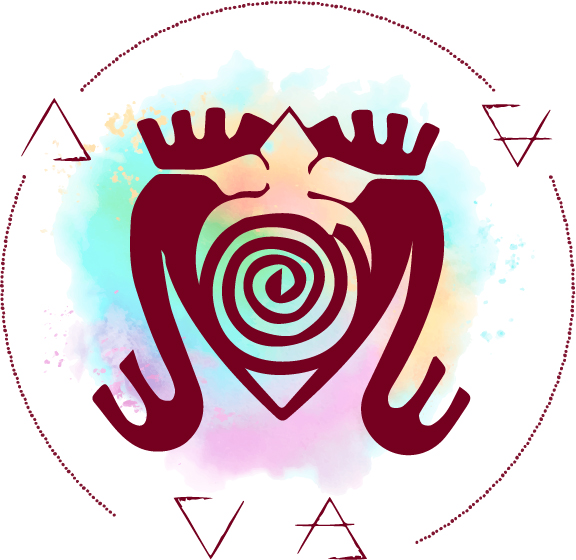
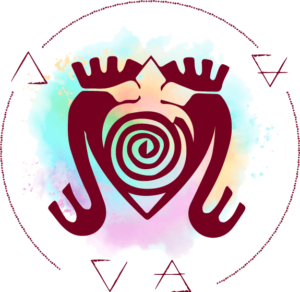
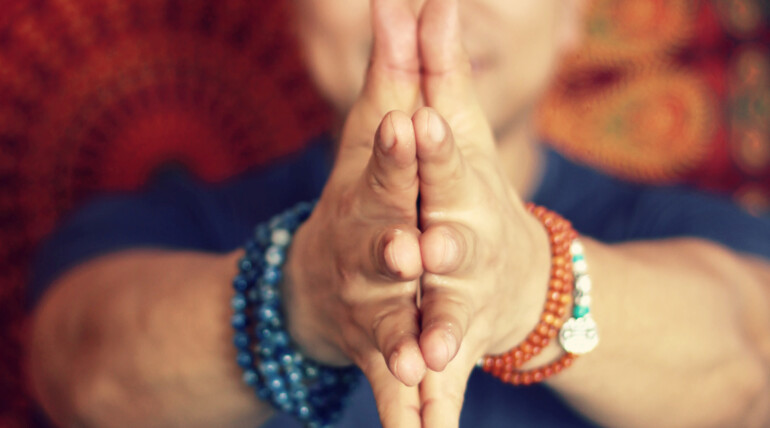
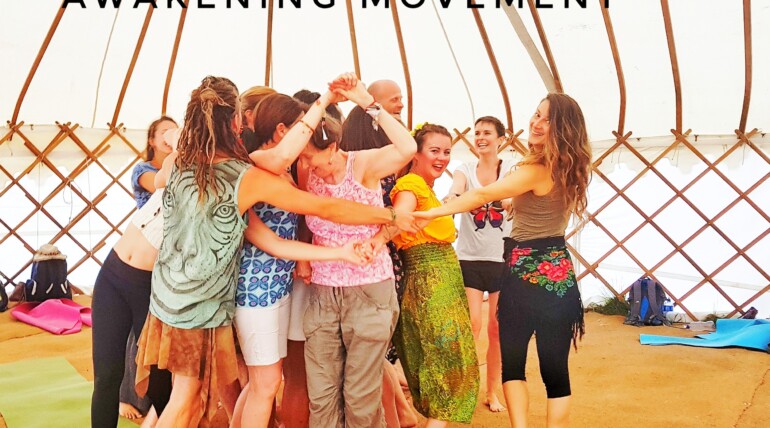
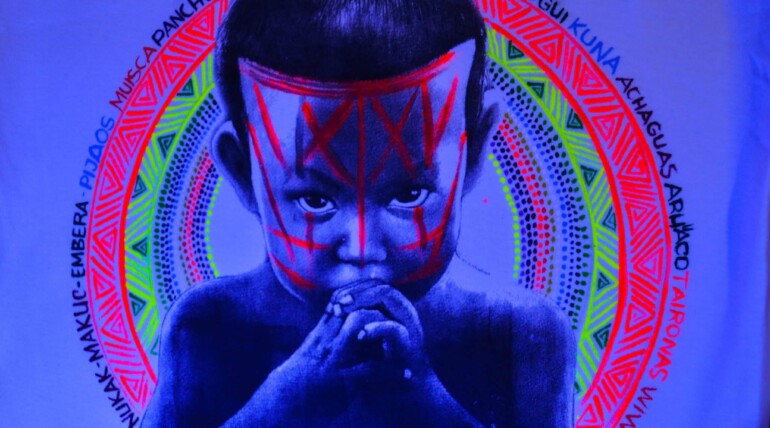
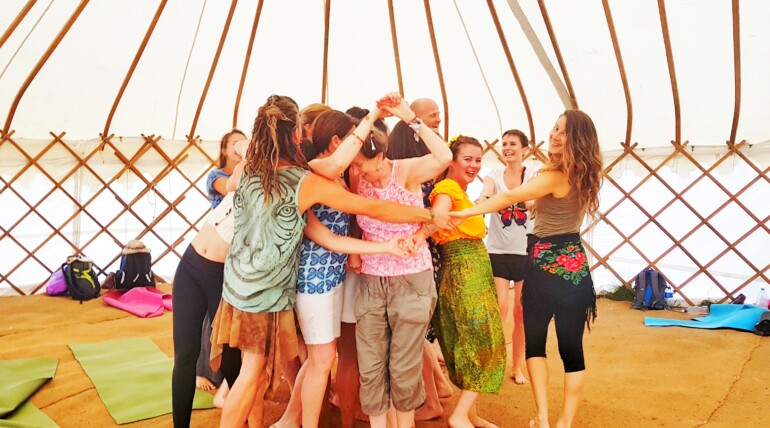
1 Comment
womanlife-online.com
Many cacao ceremonies will involve a group of people sitting in a sacred circle, taking prayer, and setting intentions to be received. Each person shares what they want to let go of, and what they are calling into their hearts.
Comments are closed.